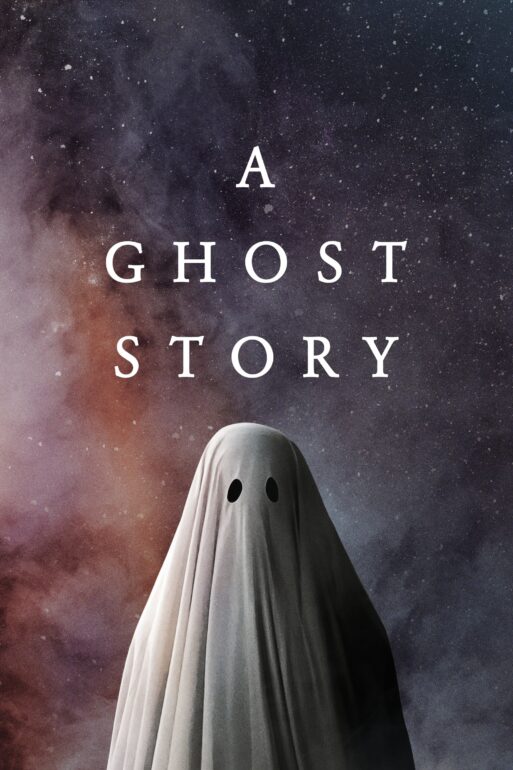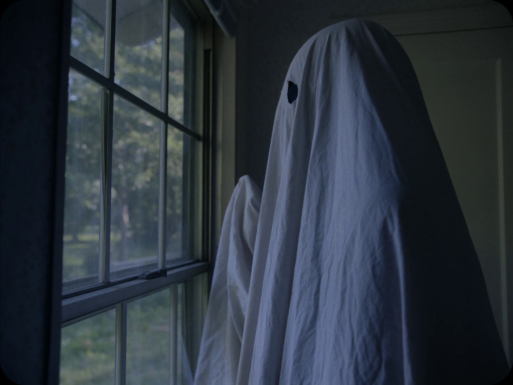
The poster for A Ghost Story
Credit A24
Capturing the unique emotional experience of grief poses a challenge for any filmmaker. Typical movies attempting to depict grief and loss often feature a sympathetic protagonist—a mother facing her child’s terminal illness, an elderly man coping with his wife’s dementia, or a sibling mourning a brother or sister—and explore how they find meaning after enduring profound loss. However, David Lowery’s 2017 art-house film, “A Ghost Story,” deviates from this standard formula. Instead of urging audiences to empathize with a grieving partner or parent, Lowery challenges both himself as a filmmaker, and us as viewers, to empathize with a protagonist whose name we never learn, whose voice we cannot hear, and whose facial expressions we cannot see.
The film opens by immersing us in the life of a young couple, portrayed by Casey Affleck and Rooney Mara, residing in a rural Texas town. Although we witness only a few scenes of the couple interacting and receive minimal information about them as individuals, their love and commitment to one another are palpable. The story takes a dramatic turn when Affleck’s character dies in a car accident and returns as a ghost, clad in a classic Halloween ghost costume consisting of a white bedsheet draped over his head with two black eye holes. Despite the absence of any discernible facial expressions and limited physical acting, Affleck effectively conveys emotions such as frustration and sadness throughout the film.

Recently deceased, a ghost (Casey Affleck) returns to his suburban home to console his bereft wife (Rooney Mara).
Without revealing too much of the plot, we observe the ghost, seemingly confined to the property line of his former house, haunting and being haunted by its various residents. Time flows inconsistently in the ghost’s liminal existence, with abrupt shifts between the past and future.
The film’s unconventional pacing, minimal dialogue, and bold reimagining of the haunted house and grief genres resulted in a diverse audience reception. While some praised its creativity, other, more fidgety viewers found the near-silent film and seemingly meandering plot difficult to sit through.

Ghost looking out of the window
As a viewer, I occasionally found myself checking the clock during certain scenes. Had it really been 5 minutes of the same long shot without dialogue or a soundtrack? When was this scene going to finally cut? The film’s deliberate slowness and meandering shots, however, felt true to the experience of grief and sadness, which often distorts our perception of time and leaves days feeling empty and elongated. Despite its occasional difficulty, I appreciated Lowery’s decision to make audiences confront silence and discomfort.
“A Ghost Story” doesn’t promote a clear thesis, preferring to immerse viewers in the emotional landscape of grief, loss and memory. Rather than prescribing interpretations, Lowery invites us to inhabit this emotional terrain and explore our own questions and answers. For this reason, “A Ghost Story” might be helpful for those looking to find meaning after loss.

 “A Ghost Story” Directed By David Lowery
“A Ghost Story” Directed By David Lowery


 First the Wealth Gap, Now the U.S. Has a Growing Health Gap
First the Wealth Gap, Now the U.S. Has a Growing Health Gap
 How to Comfort A Dying Loved One
How to Comfort A Dying Loved One
 Our Annual Seven Holiday Gifts for Someone Who Is Grieving, 2024 Edition
Our Annual Seven Holiday Gifts for Someone Who Is Grieving, 2024 Edition














